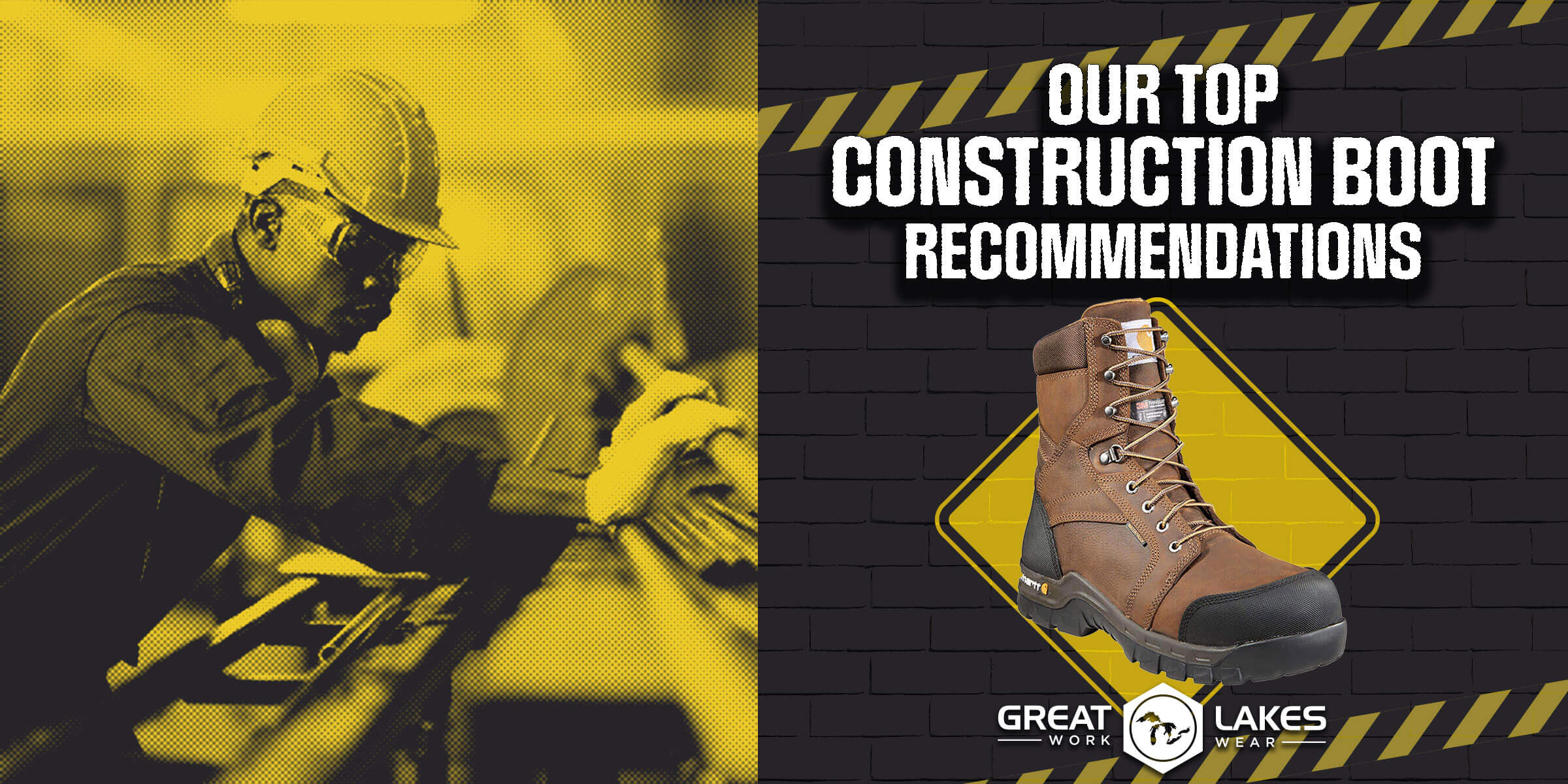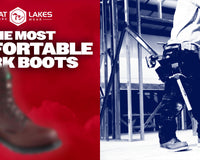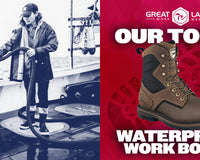Every job site is different when you work in construction. This means that you need a boot that is capable of thriving in each condition and environment. See our recommendations in finding the boot that will work best for you, and allow you to stay busy all day.

Recommendation 1: 6-8” Lace-Up Boot
While walking on a job site, it’s important for you to have a pair of boots above your ankle to ensure protection and safety for the environment around you. It is equally as important that your boots are able to be tightened enough that they support your ankles while on equipment and all terrains.
Recommendation 2: Full-Grain Oil-Tanned Leather
A full-grain leather is the entire grain layer of the hide. Since there is no removal of the surface of the leather, it is extremely tough and durable and able to take the abuse of many construction jobs. The oil-tanned is important to any boot, as it helps make the boot water-resistant, as well as makes the leather more pliable and easy moving. This quality will help with resistance to hydraulic fluids and as well as the wet days outside.

Recommendation 3: Harder Soles
The soles are very important to the functionality of the boot. For heavy-duty work, you will want a sole that is able to support you on all-terrains. The harder the sole is, the more unlikely it is to flex while on uneven surfaces. If you typically are not on all-terrains, and instead are mainly on flat concrete, this is not a recommendation to follow. The harder sole is not going to have enough “bounce” to it to give the correct comfort for someone who is on flat surfaces all day.

Recommendation 4: Goodyear Welt
As far as durability goes, this is as durable as it gets. If you are someone who beats on your boots like a drummer, then you are going to want this type of boot construction. The goodyear welt is made from a strip of leather (or sometimes other materials) is stitched to the upper and through to the insoles, the outer edge is then stitched to the midsole, the midsole is stitched to the outsole. This process ensures the sole is not going anywhere, along with providing stability. Another benefit is that this style of construction can typically be resoled.

Recommendation 5: Applied Toe Armor or Tuff Toe (Optional)
In the event that you are constantly kicking rocks and destroying the front of your boots, this is an essential step to keeping the front of your boot intact. If you have worn the front of your boot to the steel (or any other type of cap), then this is going to be your savior. See the instructions of applying this cap here.




